Last week AMD unveiled the last members of their RX series of GPU’s, the RX 470 and the RX 460. The two cards will join the previously released RX 480 and complete the family of powerful mid-range GPU’s in an effort from AMD to steal back consumers from the ever-dominant NVIDIA.
The RX 470 enters the fray as the middle sibling of the RX family for $180 USD, but the big question is, does it stand out from the pack or should it simply be ignored in favour of the others?
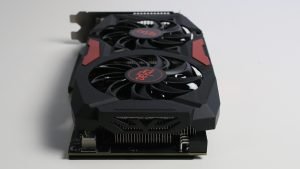
The PowerColor variant of the RX470 is dubbed the Red Devil. Besides having a standard two-fan set-up spread across the ATX sized memory bus, the Red Devil stays true to its name by featuring a pentagram emblazoned on the metal backplate. If that doesn’t impress the Satanist in you, then maybe you will appreciate the stylish gothic font on the top of the card instead. The RX 470 requires only an 8-pin connector to power it and consumes the AMD standard of 125-watts from your power supply. It’s recommended to have at least a 450-watt power supply for it to operate, but to be on the safe side and accommodate all of your other components, I would instead look for a power supply with a minimum of 600 watts. It’s always better to have a surplus of energy rather then a deficit.
Performance wise the RX 470 impresses by showing benchmarks equivalent in power to the GTX 970 and for only a fraction of the price. The test bench system I worked with was an FX 6350 6-core CPU, 8 GB of G-Skill Ram and the 4GB GDDR5 Red Devil operating on Windows 10. The Red Devil is a prettier version of the reference RX 470, which means that the card clocks out of the box at 926 MHz and can be turbo boosted to 1206 MHz before it needs to be overclocked. The system scored 7,765 overall in the multiple benchmarks run by 3D Mark FireStrike and achieved an average FPS of 50. While that number might seem low, the card was not recognized in the program and the limited drivers before launch aren’t optimized for every title or piece of software.
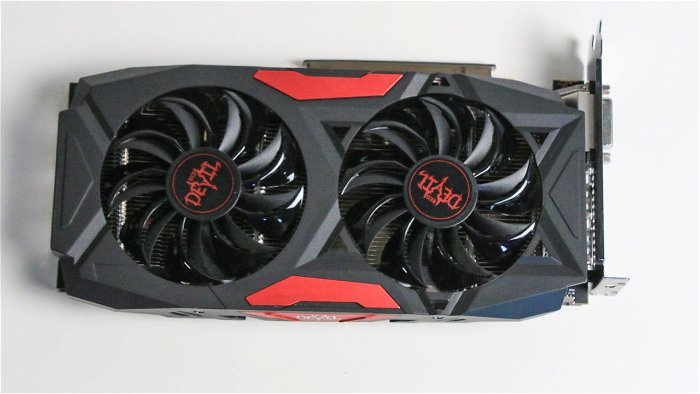
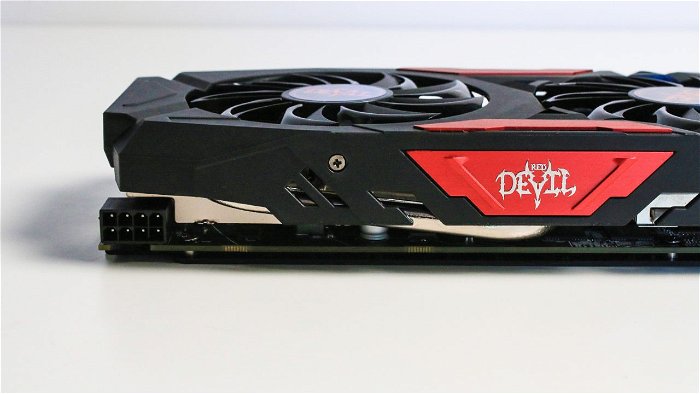
Let’s get to what consumers really care about: how it handles games. AMD wasn’t lying when they advertised that the RX 470 would deliver a brilliant HD gaming experience. My system was able to handle every title I threw at it at an average of over 60 FPS at 1080p on high-ultra settings. Some of these games are considered the most demanding AAA titles on PC today and include Fallout 4, Total War: Warhammer and Doom. The only difficulties that I experienced were with third-person open world games, such as GTAV and Witcher 3. The RX 470 still delivered frame rates of over 50, but when I wanted to enhance the draw distance, I was either pushing the VRAM or the CPU too hard and some big drops occurred while loading in additional textures. Overall, the RX 470 really impressed me with how spot-on AMD’s benchmarks were considering this system is oriented for the mid-range builder and isn’t even as impressive as the one they tested with.
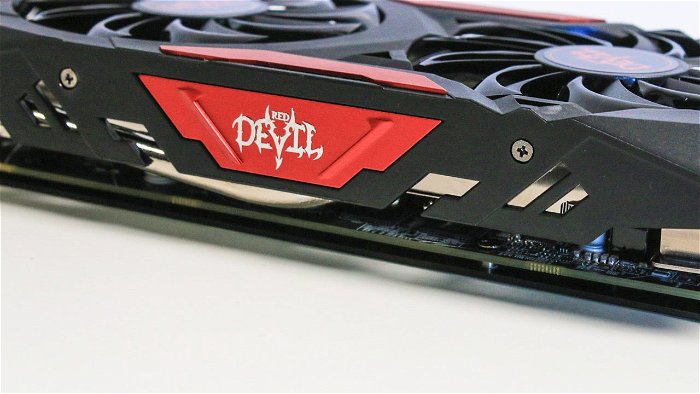

One aspect that didn’t impress me was the card’s cooling system, specifically the fans. While PowerColor focused on delivering a better-cooled reference card, the fans simply don’t deliver the same performance quality as the GPU. They feel like they only operate under one loud setting and no matter how intense the game may be, they will start spinning as if the card was about to overheat. I prefer other cooling systems, such as MSI’s Twin Frozr or Asus’ Strix, because they have multiple settings that engage when the card reaches a certain temperature. Lastly, the PowerColor fans take a notably long time to silence after quitting a game. I can’t help but feel that the card is missing some key drivers to help control these fans because their current output causes me to worry that they will not be able to take as much abuse as other reputable brands over time.
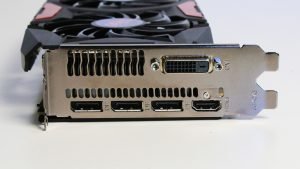
The RX 470 has made its home as one of the kings of mid-tier GPU’s. While the RX 480 does have more power, the money you save can by purchasing the RX 470 can go towards beefing up other hardware in your build. The RX 470 does pass Steam VR’s test if you wanted to experiment with some titles on that platform, but it only reaches the minimum requirement and doesn’t feature the same VR tech as the RX 480. I can safely say that you should never consider purchasing an RX 460 over this card. The RX 460 is impressive because it runs solely off the motherboard and because it’s the next card to be featured in AMD’s upcoming notebooks, but the RX 460 just doesn’t deliver the same amount of price for performance that the RX 470 does. This card is the clear winner in that debate and as more drivers release, the RX 470 will become better optimized and continue to get stronger until it beats out the GTX 970.






